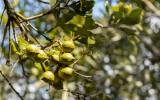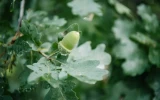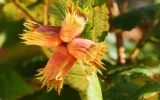Nut Tree Farming Profit per Acre (2024 Breakdown)
Nut tree farming has gained significant popularity in recent years, primarily due to its high profit potential and ease of cultivation. In 2024, understanding the profit per acre of various nut trees will be crucial for making informed decisions in this field. Let’s explore the most profitable nut trees, compare their profits, and present a detailed table for easy comparison.
In 2024, nut tree farming profits per acre will vary. Black Walnut leads at $12,000 to $20,000, with Macadamia at $15,000 to $25,000. Almond and pecan follow closely, while English walnut, pistachio, and cashew offer $10,000 to $15,000. Almond, black walnut, and pecan are the fastest-growing for profits.
Tap into the potential of nut tree farming. With opportunities from selling nuts and timber, this guide will help you learn how to maximize your land's profitability and become a successful nut tree farmer.
Summary
- Black Walnut, Macadamia, and Almond leading in profit per acre, offering returns between $12,000 to $25,000.
- Black Walnut is particularly notable for its dual profitability from both nuts and timber, with mature trees yielding up to $50,000 per acre.
- Costs for nut tree farming include land, saplings, and maintenance. Revenue streams are diverse, including nut sales and timber.
- Farmers can maximize profits by not only selling nuts but also exploring value-added products like nut butters and oils.
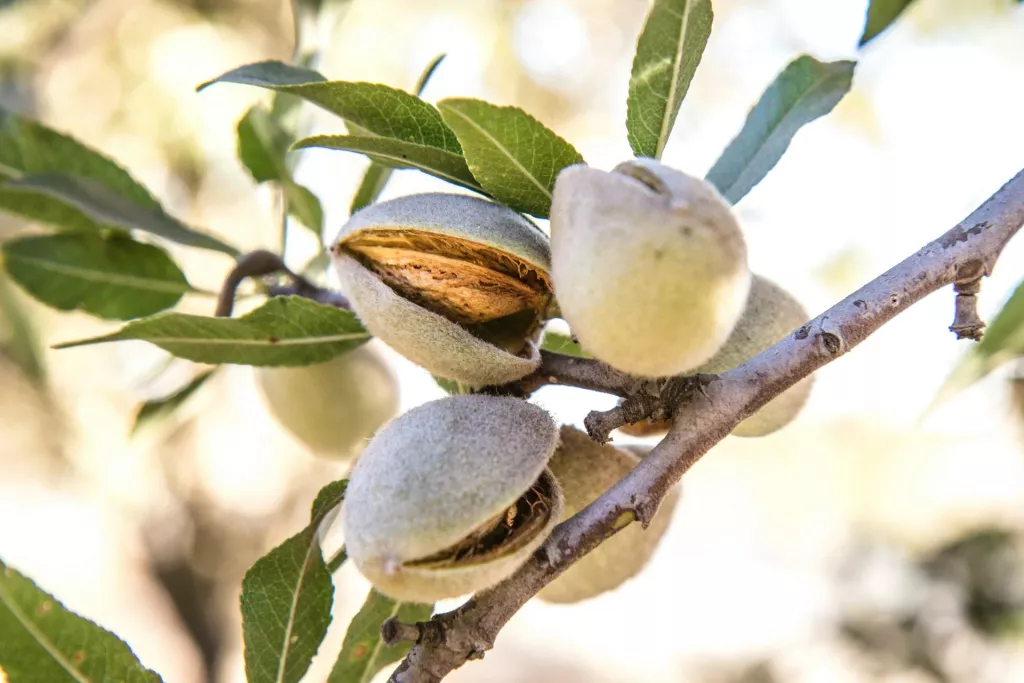
On this page:
Nut Tree Varieties and Their Profitability
| Nut Tree Species | Time Before First Harvest | Profit Per Pound | Estimated Profit Per Acre |
|---|---|---|---|
| Black Walnut | 4–7 years | $13.50–$17.50 | $12,000 to $20,000 |
| Macadamia | 5 years | $3–$5 | $15,000 to $25,000 |
| Almond | 3–5 years | $2.50 | $12,000 to $20,000 |
| Pecan | 4–6 years | $1.50 | $12,000 to $20,000 |
| English Walnut | 4–5 years | $1.50 | $10,000 to $15,000 |
| Pistachio | 5–8 years | $1.50 | $10,000 to $15,000 |
| Cashew | 3–5 years | $3.50–$5.50 | $10,000 to $15,000 |
| Pili Nut | 5–7 years | $2.00–$3.00 | $10,000 to $15,000 |
| White Oak | 8–10 years | $0.50–$1.00 | $10,000 to $15,000 |
| Brazil Nut | 8–10 years | $3–$5 | $8,000 to $12,000 |
| Ginkgo Nut Tree | 8–10 years | $2–$4 | $5,000 to $10,000 |
| Hazelnut | 2–4 years | $0.50 | $5,000 to $10,000 |
| Hickory | 10–15 years | $1.50–$3.50 | $4,000 to $6,000 |
| Beech | 6–8 years | $3–$5 | $3,000 to $5,000 |
| Heartnut | 7–10 years | $1–$2 | $3,000 to $6,000 |
| Oak (acorn) | 8–10 years | $0.50–$1.00 | $2,000 to $4,000 |
| Butternut | 7–10 years | $0.50 | $2,000 to $3,000 |
| Pine Nut | 5–7 years | $3–$9 | $1,000 to $2,000 |
| Chestnut | 3–7 years | $1.50–$5.50 | $1,000 to $2,000 |
Among these nut tree species, the fastest-growing for quick profits are almond, black walnut, English walnut, pecan, pistachio, and macadamia.
Time to harvest and profit margins
The time before the first harvest varies by species, impacting the speed at which you can start generating profits. For instance, hazelnuts take 2–4 years, almonds 3–5 years, and hickory up to 15 years. The profit per pound also varies, with black walnut offering $13.50–$17.50, pecan around $1.50, and pine nut $3–$9 profit per pound.
Profit per acre breakdown
Black walnut stands out, with an estimated profit of $12,000 to $20,000 per acre. Pecans also show significant profitability, ranging from $12,000 to $20,000 per acre. Other species like chestnut and butternut offer lower, yet still substantial, profits.
Black Walnut has the highest profit per pound
Black walnut trees are especially notable for their dual profitability, offering high returns both for their nuts and timber. An acre with 50 mature black walnut trees can yield about $50,000, averaging $1,000 per tree. The value can range from $1,000 to $10,000 per tree, influenced by factors like age, size, and market demand.
If your acre of Black walnut trees produces 20,000 pounds of nuts, you can make a profit from selling the nuts alone at $4 per pound. The estimated operating costs are between $5,700 and $10,200 per year, showing that this investment could yield promising returns.
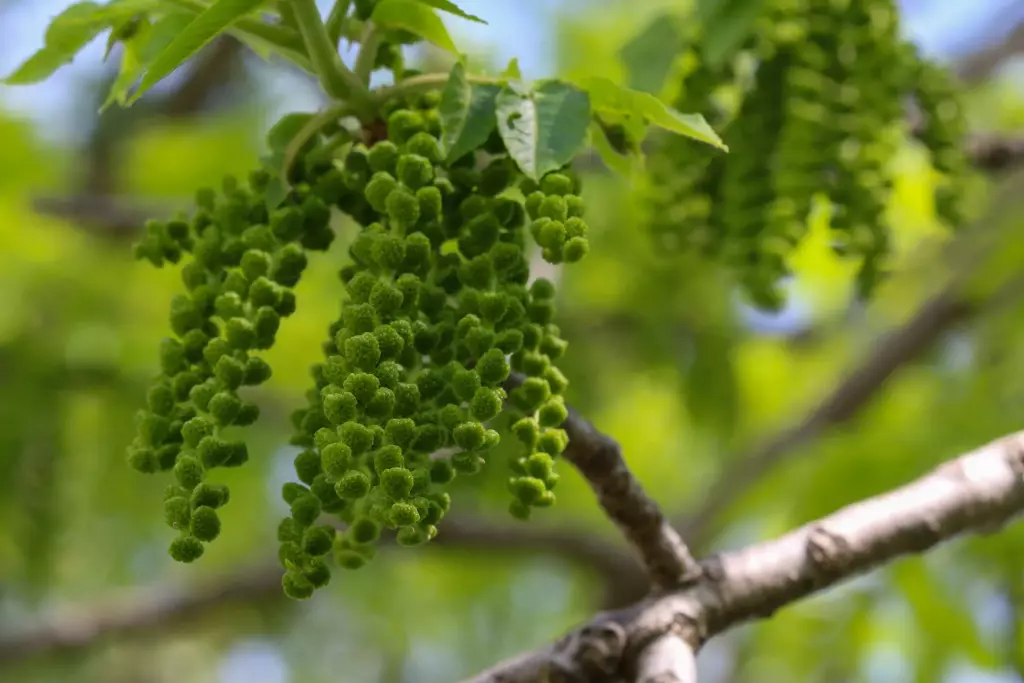
Nut Tree Profitability Comparisons
Almond profit margins
Almond trees can be a lucrative crop for farmers and backyard growers alike. With global demand for almonds on the rise, you can potentially earn substantial income on a per-acre basis. Almond trees require a moderate level of maintenance and can be cultivated relatively easily, making them a great option for first-time growers.
For more information on almond trees and their profit potential, check out this profit breakdown for nut trees.
Walnut income potential
Walnut trees provide dual-income streams from both valuable timber and high-demand nuts. Black walnut trees, in particular, produce strong, dark wood that's highly valued for woodworking and furniture making. Additionally, their nuts command premium prices due to their unique, rich flavor.
Here's the fastest species of walnut trees that grow faster and offer higher returns on investment, making them an attractive option for nut tree farming.
Pecan revenue estimates
Pecan trees can also generate considerable income, especially when grown in orchards. These nut trees produce high yields of delicious nuts and have a growing demand in the market. Pecan trees tend to have a more straightforward cultivation process, making them an excellent choice for both experienced and first-time growers.
To learn more about the fastest-growing pecan trees, explore the fastest-growing nut trees for fast profits.
Other nut trees
In addition to almond, walnut, and pecan trees, there are many other profitable nut trees to consider, such as hazelnut, chestnut, and macadamia. These trees also offer multiple revenue streams, both from their nuts and other byproducts, such as timber.
While profit margins may vary based on factors like location, market demand, and individual tree species, growing a diverse selection of nut trees can be an excellent way to diversify your income as a farmer or backyard investor.
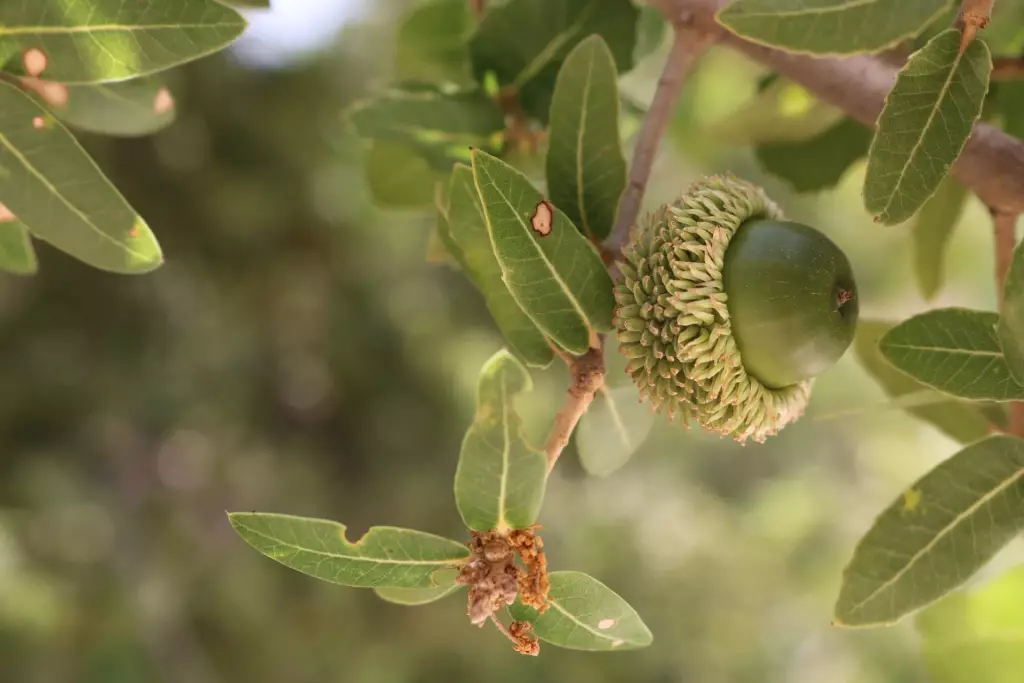
Economic Overview of Nut Farming
Cost analysis
Your expenses can vary based on the type of nut trees, land location, and cultivation practices. For example, black walnut trees are popular for their strong wood and tasty nuts. The potential profits depend on various factors, such as planting density and tree growth rate.
Some common costs for nut farming include:
- Land acquisition or lease
- Tree saplings or seeds
- Fertilizers and pest control
- Irrigation system installation
- Labor for planting, pruning, and harvesting
Revenue streams
Once your nut trees are mature, they can generate income in several ways. The primary source is selling the nuts themselves. Depending on the species, the market value may vary. For example, macadamia nuts have a higher selling price compared to other nuts, while black walnut trees are valued for both their wood and nuts.
Here are some revenue streams from nut farming:
- Nuts: In-shell or kernel sales for various nut species (e.g., walnuts, hazelnuts, almonds)
- Wood: Some nut trees like black walnut have highly valued timber
- Ecosystem services: Payments for providing services like soil retention, carbon sequestration, or pollination habitats
- Agritourism: Income derived from farm visits, such as harvest festivals or educational tours
Market demand
The global demand for nuts has been steadily increasing due to nutritional benefits and versatile uses in cooking and snacking. Growing health consciousness and the popularity of plant-based protein fuel consumers' appetites for nuts. This trend is reflected in the steady growth of specialty crop insurance values in recent years.

Best Practices for Maximizing Profits
Strategic farming techniques
To maximize profits from your nut tree farm, focus on choosing the right nut tree species and planning your planting carefully. Study the region, climate, and soil conditions to determine which nut tree types will thrive. For example, almonds do well in hot, arid climates.
Create a planting layout that ensures proper spacing and efficient use of the available land. Introduce the necessary cultivars for successful cross-pollination and consider companion planting to minimize pests and encourage beneficial insects.
Pest and disease management
Regularly inspect your trees for signs of infestation or illness and take prompt action when needed. Implement preventative measures such as proper pruning, debris removal, and the use of organic or chemical treatments if necessary.
Utilizing integrated pest management strategies will help minimize the use of harmful chemicals while promoting increased nut production and profits.
Harvesting and post-harvest handling
Harvest nuts when they are ripe and ready, typically indicated by a change in color or the loosening of the husk. Use appropriate tools and equipment to minimize damage during the harvesting process.
Since nuts can be delicate, handle them with care and sort them by size and quality. Store the nuts in a cool, well-ventilated, and pest-free environment to maintain freshness and prevent spoilage.
Value-added products
This could include nut butters, roasted or flavored nuts, nut-based cooking oils, or nut milk. Packaging and marketing your products attractively will help in reaching a wider audience.
Expanding your offerings and tapping into the growing interest in healthy, plant-based foods will help you capitalize on this trend and maximize your nut tree farming profits.
